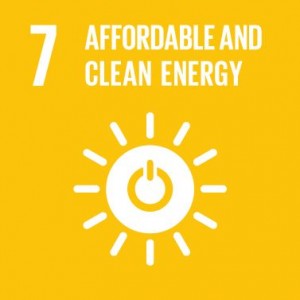Technological watch
Printing and Erasing of DNA?Based Photoresists Inside Synthetic Cells
Printing and erasing of shape?controlled DNA hydrogel structures inside the confinement of a synthetic cell is achieved using a DNA?based photoresist. A photocleavable DNA linker is used to form or dissociate the DNA hydrogel structures at the desired position by laser printing on the inside of water?in?oil droplets and giant unilamellar lipid vesicles.In the pursuit of producing functioning synthetic cells from the bottom?up, DNA nanotechnology has proven to be a powerful tool. However, the crowded yet highly organized arrangement in living cells, bridging from the nano? to the micron?scale, remains challenging to recreate with DNA?based architectures. Here, laser microprinting is established to print and erase shape?controlled DNA hydrogels inside the confinement of water?in?oil droplets and giant unilamellar lipid vesicles (GUVs). The DNA?based photoresist consists of a photocleavable inactive DNA linker, which interconnects Y?shaped DNA motifs when activated by local irradiation with a 405 nm laser. An alternative linker design allows to erase custom features from a preformed DNA hydrogel with feature sizes down to 1.38 ?m. The present work demonstrates that the DNA hydrogels can serve as an internal support to stabilize non?spherical GUV shapes. Overall, DNA?based photoresists for laser printing in confinement allow to build up architectures on the interior of synthetic cells with light, which diversifies the toolbox of bottom?up synthetic biology.
















